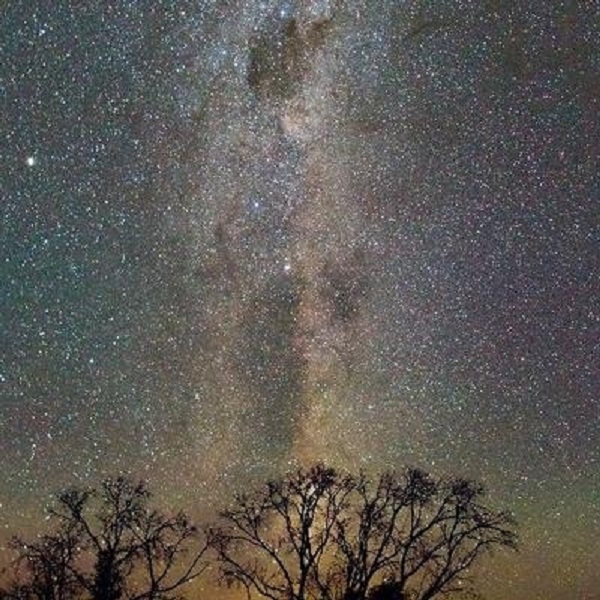New Delhi, (Asian independent) In a unique and first-of-its-kind initiative, the Department of Science and Technology (DST) has undertaken to set up India’s first-ever “Night Sky Sanctuary” in Ladakh which will be completed within the next three months.
The proposed Dark Sky Reserve will be located at Hanle in Ladakh as a part of Changthang Wildlife Sanctuary. It will boost astro tourism in India and will be one of the world’s highest-located sites for optical, infra-red, and gamma-ray telescopes.
Union Minister of State (Independent Charge) Science & Technology, Jitendra Singh said that all the stakeholders will jointly work towards the preservation of the night sky from unwanted light pollution and illumination, which is a serious threat to the scientific observations and natural sky conditions.
It may be noted that Hanle is best suited for the project as it is located in Ladakh’s cold desert region, away from any form of human disturbance and clear sky conditions and dry weather conditions exist throughout the year, the Minister added.
The Minister informed that a tripartite MoU was signed recently among the the UT administration, Ladakh Autonomous Hill Development Council (LAHDC) Leh and the Indian Institute of Astrophysics (IIA) for launching the Dark Space Reserve. He said the site will have activities to help in boosting local tourism and economy through interventions of Science and Technology.
Jitendra Singh said, a high-level delegation of scientists and officials from Central Leather Research Institute (CLRI), Chennai will visit Ladakh by the end of this year to explore the possibility of setting up a regional branch of CLRI, as the Union Territory has a very rich and wide variety of animals for leather research and industry and to promote bio-economy of animal skin-derived products.
He added that Charthang in Ladakh has over 4 lakh animals, mainly pashmina goats, besides sheep and yak.
He also complimented the CSIR for organising four training workshops, two each at Leh and Kargil for treatment of diseases of famous pashmina goats.








